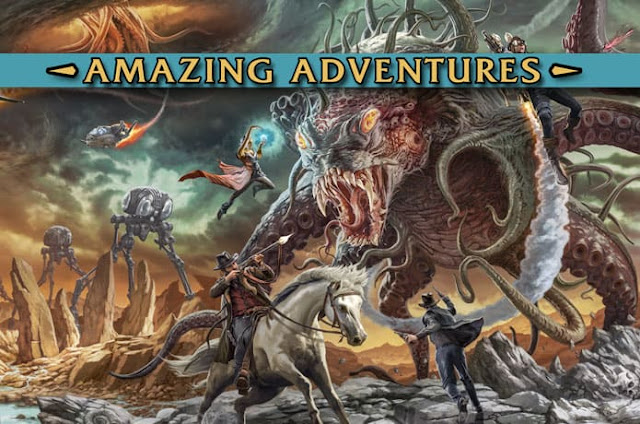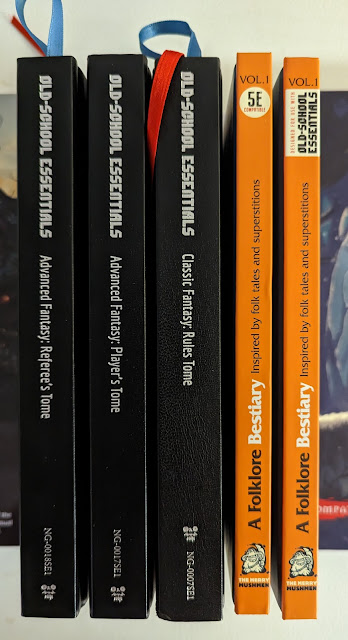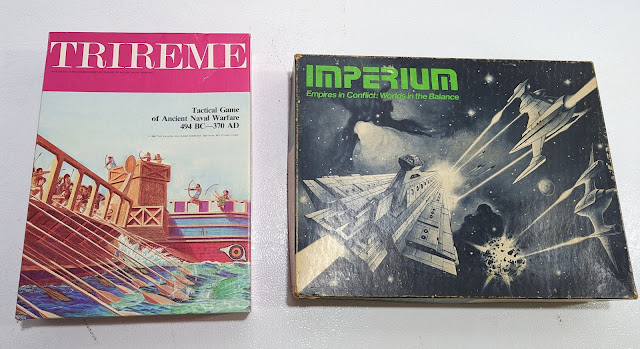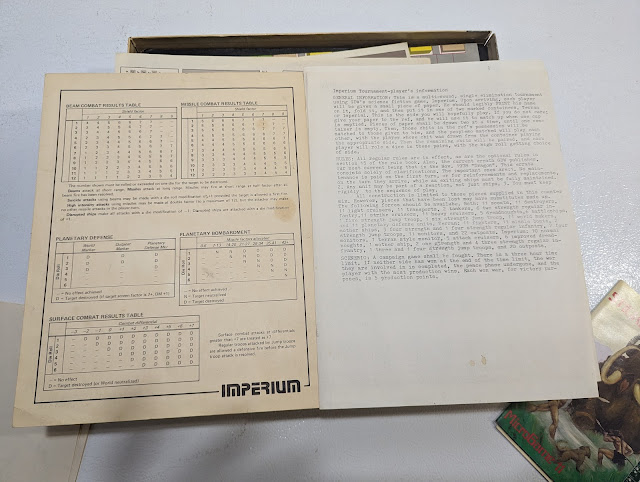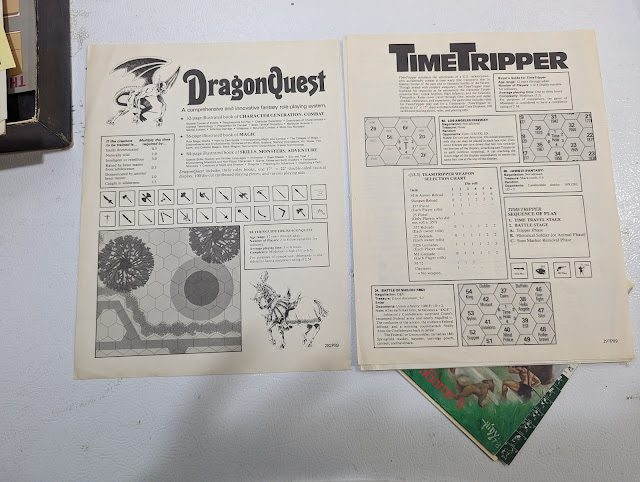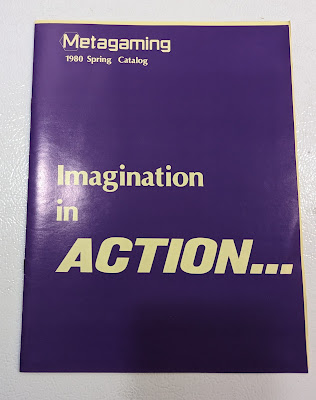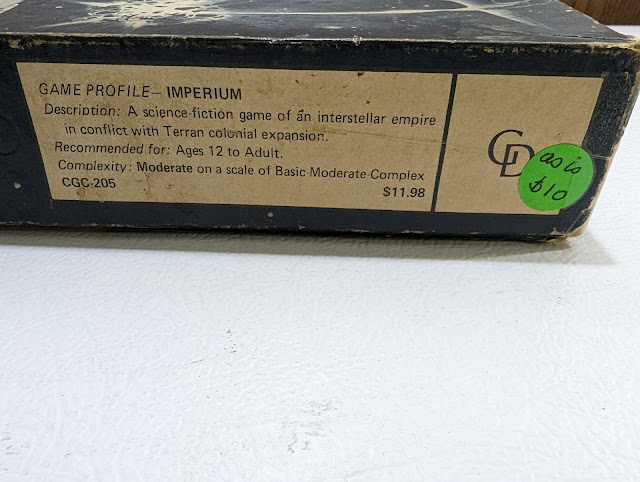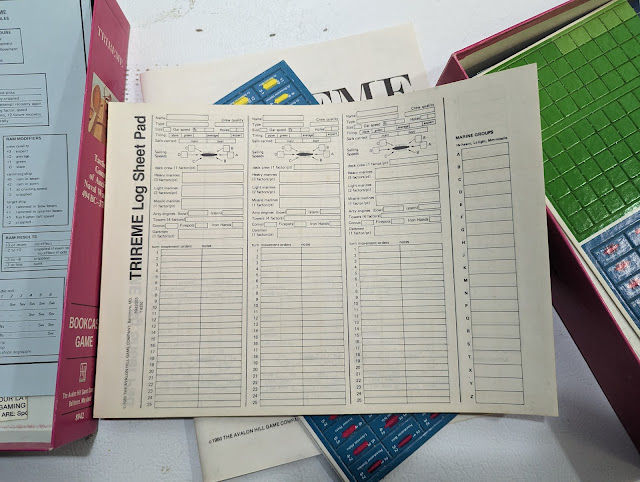One Man's God Special: Syncretism Part 4, Orcus and Dispater
This post really is a transitory one. It takes on ideas from my One Man's God and my One Man's God Special: Syncretism and transitions it in-a-matter of speaking to my new In Search Of posts.
Today I want to talk about syncretism, but not in the sense I have in my last few posts. I covered the basics of syncretism a while back. In two different posts syncretized the Greek and Egyptian gods and the Roman and Norse gods. It is to the Greek and Roman gods that I turn today. In particular, I will focus on the Roman side of the Greek One Man's God posts in OMG: Greek and Roman Mythos, Part 4 Tales of Brave Ulysses, and my attention is on Orcus.
In Search of Orcus
 Orcus, Demon Prince of the Undead
Orcus, Demon Prince of the UndeadOrcus has always been a major bad guy in my and many others' games. Not just because he is a great demon lord and master of the undead, that is plenty of reason, but even more so from the very mysterious Etruscan background of the god Orcus.
I mentioned Hades a lot in this series before. He is the God of the Underworld and was so feared that he was often never called on by name, he gains the epithet "The Rich One" and, much later on, "The Lord of this World," something that has also been later attributed to Satan.
As Greek myths merged into Roman myths, several gods were syncretized to arrive at the Roman Pluto. These include many gods of the underworld, the dead (but not death), and riches such as the Etruscan Atia, the Etruscan Tuchulcha, and the Roman Dīs Pater. Mixed in all of this are the Greek Horkos and Roman/Etruscan Orcus.
This is what is going on in our world. But what of the worlds of Dungeons & Dragons?
I'll be 100% honest here. I think the "official" history of Orcus is pure garbage. Orcus starting out as a human? No. Not in my world. Orcus was a god. Romans swore sacred oaths to him. He has a dwarf planet named for him. He was not some human necromancer. He was more.
But before I get to Orcus and what he was or is, I want to discuss Dis.
In Search of Dīs Pater
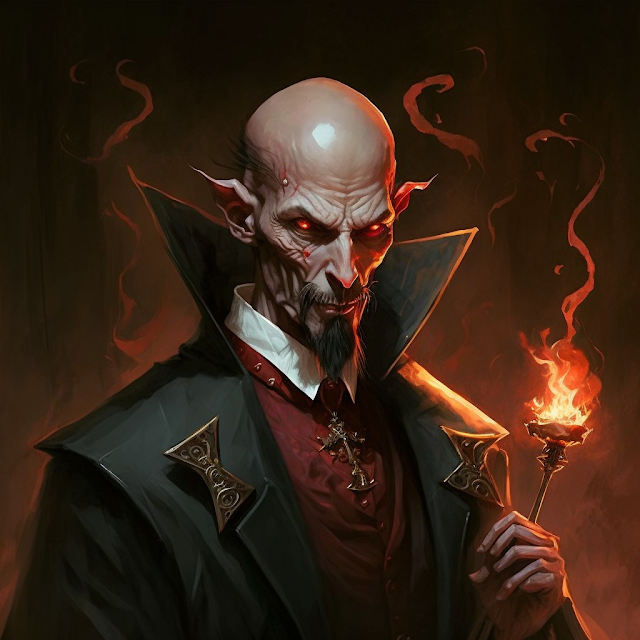 Dispater, the Iron Duke
Dispater, the Iron DukeI will admit that the AD&D Dispater was always one of my favorite devils. Looking into his official background is more appealing than it is for Orcus, largely because there is not much of it. I think role-playing wise I molded him after the devil character from the TV series "From the Brothers Grimm" episode Bearskin. Sort of the evil gentleman devil.
In later editions of D&D, the "Iron Duke" have become akin to an infernal arms dealer and paranoid. Certainly an interesting choice but how does that square with the Dīs Pater, or Rex Infernus, of Roman myth?
Both Dispater and Dīs Pater are very wealthy. Both are considered to be the Lord of the Underworld (or at least one of them). Dīs Pater has a connection with the dead via Pluto/Hades who he was conflated later on. Dispater's only connection with the dead is via the souls he traffics in Hell.
Like the god Orcus and later on Satan, Dīs Pater is a good of riches and "Lord of the World." This does fit into the notions of how Dispater is currently being presented.
How the Gods Die, and are Reborn
Things with Gods never should be clean-cut. If there is nothing else I want to show here, then let it be that Gods and Demons are a messy bunch. They live, and they can die, and they can be split up and recombined.
I mentioned in my Syncretism of the Greco-Egyptian Gods that, in some cases, scholars have pointed to the syncretism of Set and Hades in early notions of the Christian Satan. There is more than this of course (see the "messy" note above), but this is a good start for me today.
One of the themes I like to play with in my games is the conflict between the old and new gods, or more specifically, the conflict between Paganism and the rise of Monotheism. In D&D this has its manifestation in the Dawn War.
In my games the servants of the good gods, angels, and the like, who fell became the Baalseraph or the unique devils. Demons have various origins, but some used to be gods.
Orcus used to be a God.
Sort of. In my overly complicated mythologies here Orcus was an avatar of a God of the Dead. I am currently using Hades/Pluto as a stand-in here but I will come up with something later. So this God of the Dead creates an avatar and this is Orcus of Roman myth, he also has another avatar, more akin to Dīs Pater but is more of psychopomp (like Hermes or Vanth). Here is where things get weird. This god is killed, maybe during the Dawn War, maybe before. The two avatars do not die, but rather go a little mad, each thinking they are the rightful heir to this god's mantle. Both "fall" and are "demonized." The psychopomp of Dīs Pater falls and becomes Dispater the Iron Duke. The other avatar is demonized to become Orcus, the Demon Prince of the Undead.
Each remembers being a god, if somewhat vaguely. For Orcus, this manifests in his desire to become a God himself and his rage to destroy all life when he can't. For Dispater, this manifests as his extreme paranoia, his desire to control all around him, and his hoarding of his wealth.
It also has one other aspect may be unique to my games. Orcus and Dispater hate each other. It is a deep existential dread that the other has something they need OR need to destroy. Both work against the other. Their warlocks, priests, and cultists (who have rituals that are oddly similar) work against each other. It goes beyond anything that the Blood War might suggest; it is a personal hatred they share.
What would happen if Dispater and Orcus put aside their animosity and worked together? Or worse, what if some magic was used to re-combine them back into the God they were? I shudder to think to be honest, but there is no way that would be good for anyone.
Maybe there is a third part of this god. A Neutral Evil one that does know what they were and what roles Orcus (CE) and Dispater (LE) play in this. Who is that entity? What do they want?
I still might take a page from Christopher Golden and Thomas E. Sniegoski's series, The Menagerie, and have Hades dead. This third creature, likely much weaker than the other two, would live in the remains of Hades' kingdom.
Links
- Campaign Wikis
- Orcus: Forgotten Realms | Pathfinder | Critical Role
- Dispater: Forgotten Realms | Pathfinder | Critical Role





